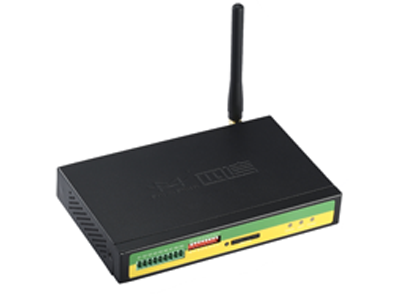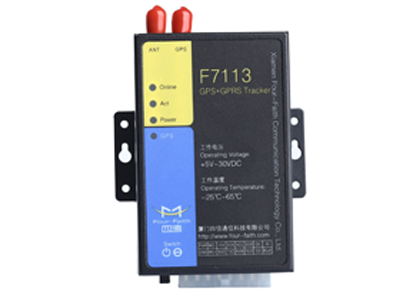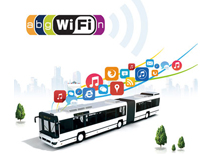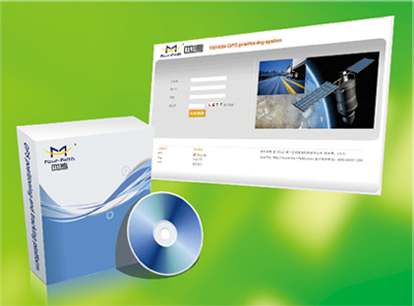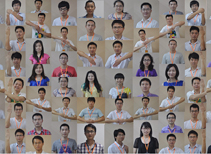
The 2014 Consumer Electronics Show surprised everyone again, not so much for the smartphones and the classic highlights of the event held in Las Vegas, but rather for the presentation of the connected cars, wearable technology and devices that, thanks to M2M technology and the Internet of Things (IoT), are becoming increasingly smarter.
As an early step towards the so-called ‘connected car’, announcements during the CES centred on the integration of passengers’ digital life into the automobile, harnessing the smartphone’s features without having to either touch or look at it. “The focus was mainly placed on the so-called ‘Infotainment’: music, movies and other services and applications geared to enhance the driver’s and passengers’ experience,” says Rafael Cabrera, M2M Global Business Development Manager at Telefónica.
The ‘connected car’ is becoming a differentiating factor among automotive manufacturers. Yet not only Ford, Toyota, General Motors or Mercedes Benz were in the spotlight this time, but also technology companies such as Google that, together with Audi, GM, Honda and Hyundai, have formed the Open Automotive Alliance, with the aim of bringing the Android platform to cars.
Other companies, such as the Chinese firm Huawei, showed some aftermarket M2M solutions that can be integrated as modules into standard cars. However, in the near future M2M technology is expected to be fully integrated to vehicles from the very assembly line.
Thanks to M2M technology the truly ‘connected’ cars will be able to interconnect with the road and react intelligently to the information provided by the various devices and infrastructures.
Wearable devices had a massive presence at the CES, ranging from augmented reality glasses, smart T-shirts, sport bras… all the way to socks. Everything carries the word “smart” thanks to sensors and Wi-Fi connections, NFC and Bluetooth. However, they still depend on the connectivity of the user’s mobile phone. Health and fitness wearables played the leading role.
Where IoT and M2M technology displayed their greatest potential though was in the developments relating to Home Automation and the Smart Home: surveillance modules, cameras, climatization, etc. “Connected appliances are already a reality,” says Rafael Cabrera. “Today connectivity is normally provided by Wi-Fi, which gives users a good idea about the existing potentialities.”
However, this kind of devices still depends on the household being connected and requires certain technical configurations. “The trend is that this will evolve and change towards a connectivity provided by mobile networks by an embedded SIM card, that is, M2M technology as such”, states Cabrera. “M2M technology will offer increased functionalities and reliability and a better quality of service.”



